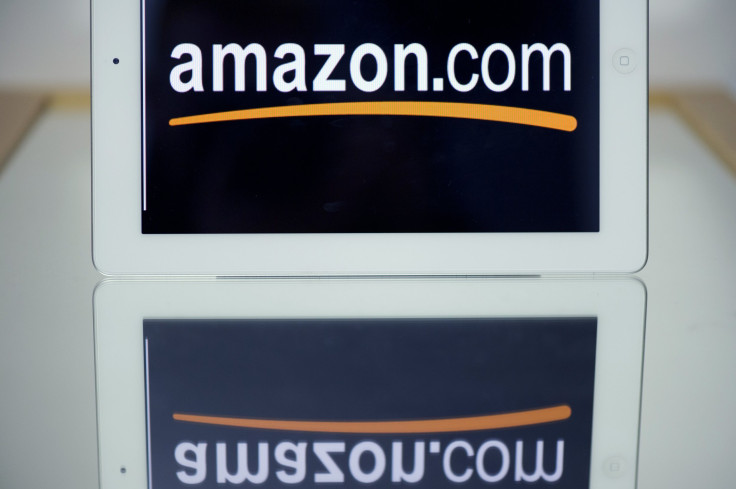5 Strategies To Be Successful Selling On Amazon In 2018

All the changes Amazon implemented in 2017 should serve as a wake-up call to brand executives. If you don’t have an Amazon strategy, you don’t have a business strategy. One way or another, your brand will end up for sale on the online channel.
Executives who fail to plan for it are letting their competitors or their own resellers steal their profits and take control of their brand. As businesses look to reevaluate strategies for the coming year, they should keep in mind five key initiatives needed to win in the Amazon online marketplace in 2018.
Monitor Sales
As an open marketplace, there are few limitations put on the types of price competition that develop across sellers on individual products. Price degradation is accelerated by Amazon’s constant search for lower prices, its willingness to accept low margins and the company’s desire to carry key brands.
In addition, Amazon recently started discounting third-party sellers’ products at its own cost. While sellers may experience more sales as a result, this Amazon discounting will likely create inventory planning challenges and potentially draw the seller unknowingly into violation of any policies over minimum pricing instituted by the brand.
Enforce Online Reseller Policies
While brands may seek to limit who sells on Amazon, the open nature of the marketplace actively fosters the invitation of gray market sellers (ones outside of those intended by the primary manufacturer). Many Amazon resellers operate using disguised “Doing Business As” names, making it harder for brands to enforce distribution agreements. If the brand isn’t in control of its global distribution, product will mysteriously show up on Amazon by unknown sellers and appear well below a brand’s desired minimum advertised price.
For this reason, brands must eliminate product diversion, gray market selling, and re-importation of product. They can do this by adding language to the reseller policy forbidding distributors from reselling/diverting inventory to unauthorized resellers — and then enforcing that policy. They can also track products from unauthorized sellers by using RF Tags, Serial Numbers or even invisible ink to pinpoint the source of the product leak.
Control Brand Content
To win in 2018, brand executives must control and monitor their product listings on Amazon — even if they don’t plan to sell in the online marketplace. Otherwise, they risk having their brand tied to a random reseller’s product listing.
According to BloomReach’s 2016 survey research, 55 percent of product searches in the United States started on Amazon.com and 28 percent started on search engines. With so much traffic going to Amazon, its product listings content is often indexed on Google rather than the brand’s own website.
Given how Amazon’s open marketplace allows practically anyone to create new product listings, it is up to brand executives to ensure that new listings are created and maintained on a timely basis. Failing to do so opens the door for resellers to create duplicate Amazon listings using fake or new UPC’s that do not align with the brand’s messaging.
Evaluate Amazon Advertising
For firms already spending online ad dollars with Google and Facebook, it is important to evaluate where Amazon advertising fit into budgets.
Over the past two years, we’ve seen brands shift a large portion of their advertising dollars to Amazon. The reason is simple: They’ve come to realize they can advertise to consumers when they are much closer to making a purchasing decision.
Amazon offers opportunities on Amazon.com that include Amazon Marketing Services and Sponsored Products as well as an Amazon Marketing Group and Amazon Advertising Platform. Recently, these platforms are getting more attention because of the relatively strong ROI experienced by several brands using Amazon to promote their products.
Understand Amazon Is Not Your Partner
Too many brand executives believe when Amazon Retail reaches out to buy product that somehow a partnership is being formed.
Brands are attracted to the customer base of the marketplace and expect to be able to protect their pricing. But Amazon wants to offer consumers the largest selection at the lowest prices, and will even sell at a loss to further some secondary strategy — like controlling market share in a strategic category.
The most important thing to remember is Amazon’s incentives rarely align with the incentives of the brand, but having a good strategy will help executives succeed.
James Thomson is a partner of Buy Box Experts and a co-author with Joseph Hansen of “The Amazon Marketplace Dilemma.”
© Copyright IBTimes 2024. All rights reserved.





















